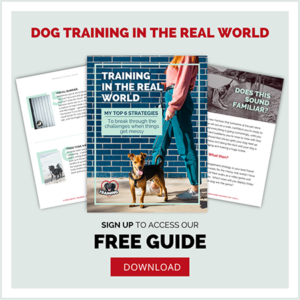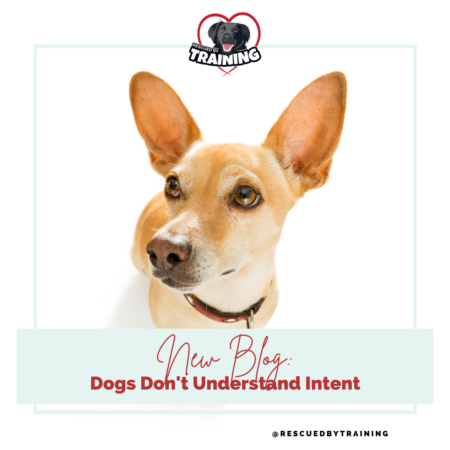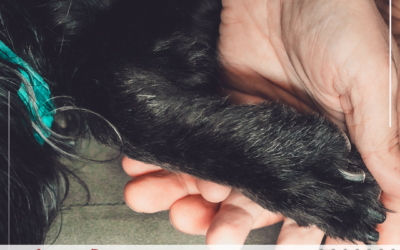Many people take personal offense if a dog doesn’t immediately warm up to them. I get it – it’s hard if you love dogs and want them to like you but they’re a little afraid. It’s hard not to take that personally. Of course some people may not know how to identify fearful body language in dogs (download my free Dog Communication handout here) but even if someone recognizes a dog is uncomfortable they may think they just need to somehow “show” the dog they’re not scary. They might try to hand feed the dog, thinking something like “if I give him chicken, he will like me.” But hand feeding a fearful dog has its own problems. We may think we’re trying to win the dog over and prove to them we’re not scary but maybe the dog gets conflicted by yummy food and a scary hand now being shoved in their face. Sometimes they might even take the food and then bite the empty hand, because once the food is gone, only the scary hand remains.
But more importantly, we need to recognize that dogs don’t understand our intent. You might be a super nice person. And you’re not actively hurting the dog or doing anything you think is scary. But the dog doesn’t see it that they. They don’t know we’re not trying to hurt them and maybe just your proximity is scary enough. Dogs understand safe and unsafe, and they get to decide which is which. You don’t need to do anything specifically for the dog to decide you’re scary – your very presence and closeness to the dog could be scary for him. The dog’s learning history, socialization and experiences will all contribute to their response.
Dogs don’t bite unprovoked (this post has a list of many scenarios dogs might find scary that we don’t think are scary). This is especially important to keep in mind with kids and dogs interacting. Many adults don’t know how to read dog body language – we can’t expect children to. And kids might try to “show” the dog they love them by hugging or kissing or doing any number of things a dog might find scary, and that’s when bites happen. The child doesn’t need to be hitting, pulling on or yelling at the dog for the dog to be afraid. The child being present may be scary enough for the dog, even if your child’s intention is not to hurt or scare the dog.
Dogs don’t understand intent. They understand safe and unsafe.
As owners, this can be embarrassing, especially if your dog is growling or barking at a seemingly “nice” person or dog. As someone who specializes in fear and aggression cases, often I come across clients who are frustrated with their dog “not listening” in those situations or who are “being disobedient” when the dog is actually afraid and that’s when I remind people that Fear Is Not Disobedience.
 And remember, No, Is Not A Behavior. Trying to scold or stop your dog from communicating can cause more damage in the long run. There is a big difference between Behavior Suppression Versus Behavior Modification.
And remember, No, Is Not A Behavior. Trying to scold or stop your dog from communicating can cause more damage in the long run. There is a big difference between Behavior Suppression Versus Behavior Modification.
If you need some free management help, you can download my free Top 6 Management Strategies here. You can also schedule your one on one session here! And, be sure to sign up for my free weekly newsletter so you don’t miss out on free tips, videos, personal stories, client successes and more!
Happy training!
![]()




